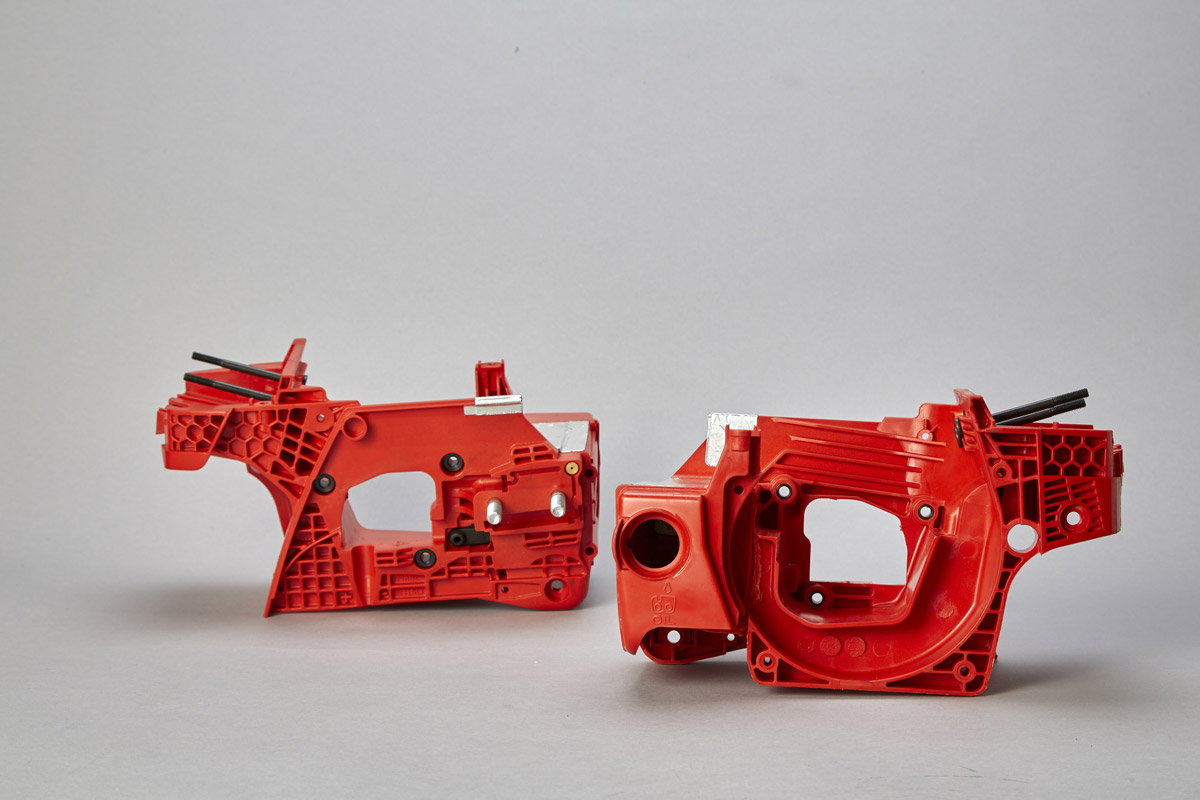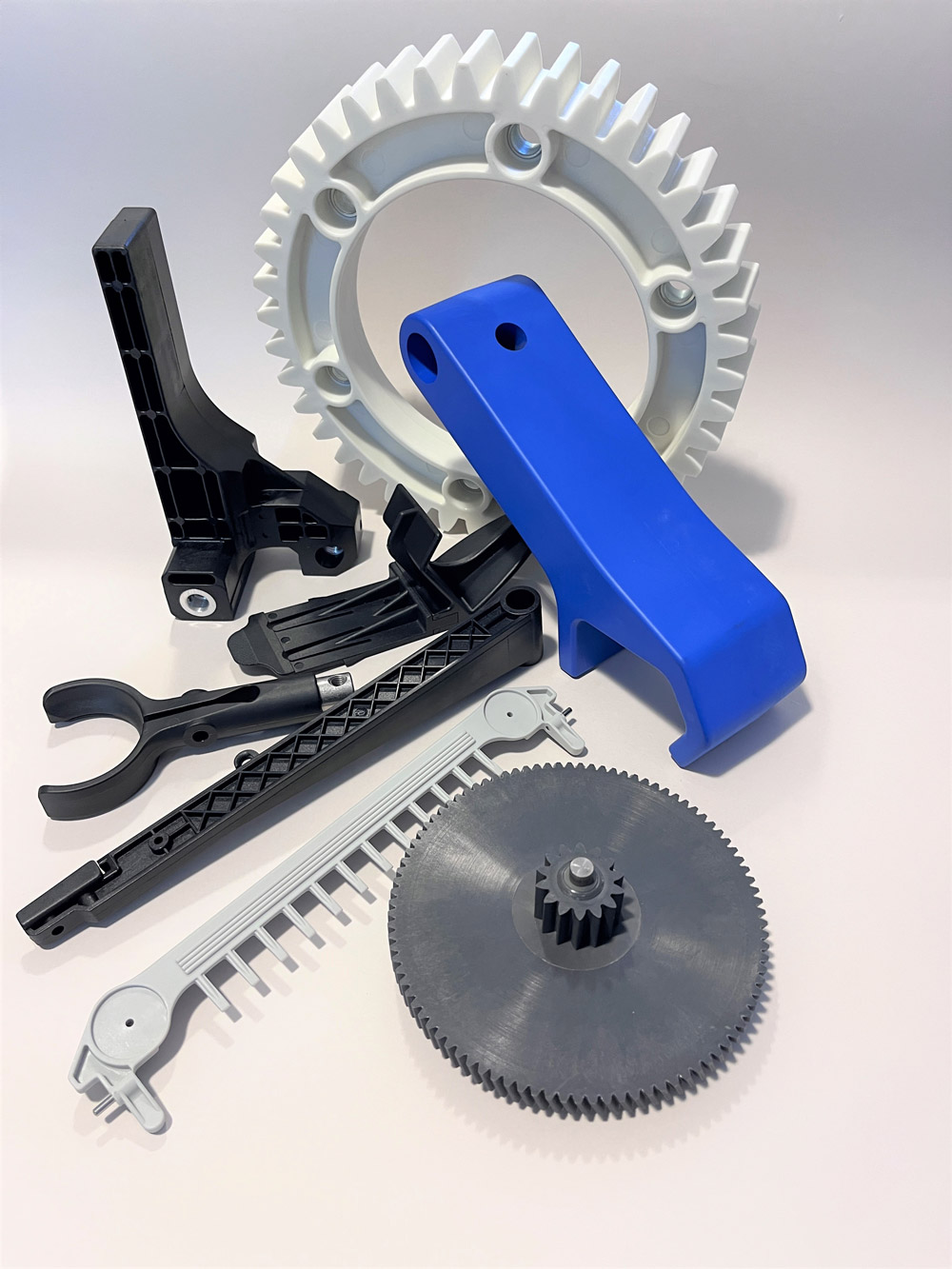

A fundamental premise: up until a few decades ago, metals were the only materials available for making mass-produced products with industrial processes and this often led to oversizing with respect to the required performance. Added to this was the lack of advanced design tools for polymeric materials. For this reason, the habit of using traditional materials makes Metal Replacement a still partially unexplored technology leaving many companies unable to reap extraordinary advantages in the development of new products.
The world of Scientific and Industrial Research has led to the development, still in progress, of High Performance Polymers and design tools suitable for many engineering applications that were once the monopoly of metals.
We are specialized in Metal Replacement with experience gained since the early ‘80s. In 40 years of project development, carried out in co-design with Customers and Suppliers, we have achieved remarkable results in terms of performances improvement and greater competitiveness.
Today we also see a strong interest in the reduction of the Carbon Footprint obtained with Metal Replacement.
Integration of Functions: designing a product with a smaller number of components and production processes, compared to metals, while maintaining the required functional performance.
Structural Lightweighting: thanks to a much lower density and the integration of functions. It is the element that is driving attention towards the reduction of the Product Carbon Footprint.
Greater Environmental Sustainability: with Eco-Design which includes the analysis of the materials and the processes involved. Where required, GHEPI also supports Clients in creating the plastic components LCA.
The table below shows the enormous gap between plastic and metals/alloys in terms of energy consumption from the production and transformation phases to the implementation of the finished product. The reduction of CO2 emissions is extremely relevant.
Reduction of Dimensions and Volumes: based on the design criteria of the plastic materials (thicknesses, ribs, etc.) and on the integration of functions.
Reduction of Processing Costs and Leadtime: the use of polymers together with integration of functions contribute to reduce the number of production processes, surface treatments, post-processing and assembly, leading to a significant reduction in costs and overall production times.
Reduction of Time to Market: as result of the lower number of components to be designed and prototyped, fewer tests, samplings and approvals to be performed.
Freedom of Design: ability to create multifunctional items and particularly complex geometries.
Performance improvement: in terms of tribology (elimination or reduction of lubrication, friction and wear), vibrations and noise, chemical compatibility, reduction of moving weights.




Also known as Polymers for engineering applications or Super-polymers, they are the most used in Metal Replacement, have outstanding properties such as high strength, high continuous service temperature, impact strength, dimensional stability, very high chemical resistance, etc.
Depending on the application requirements to be made, different types of polymers are used. In case of previous overdesign, also Technopolymers or some Commodities polymers can be used in Metal Replacement.
The application sectors are numerous and constantly evolving.
In recent decades, Metal Replacement has had particular success in the various sectors of mobility: from automotive to aerospace, from nautical to railway, from agricultural and industrial, all in the race towards the structural lightweighting aimed at energy consumption containment. It is also becoming foundamental in the transition to electric mobility, to compensate the very high weight of batteries.
Metal Replacement is widely used in the manufacturing industry thanks to the above mentioned advantages that increase competitiveness, allow very good performances and improve environmental sustainability.